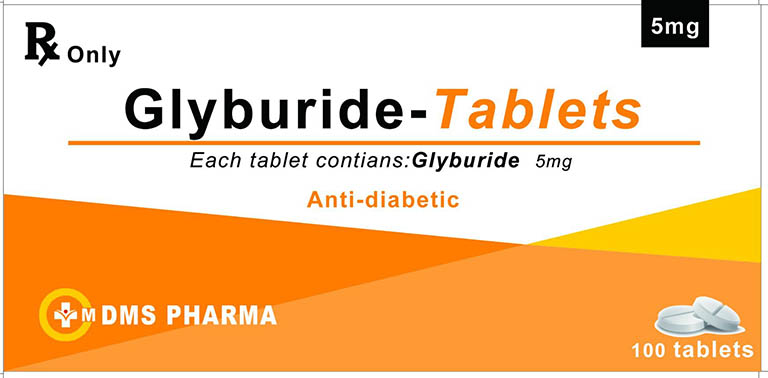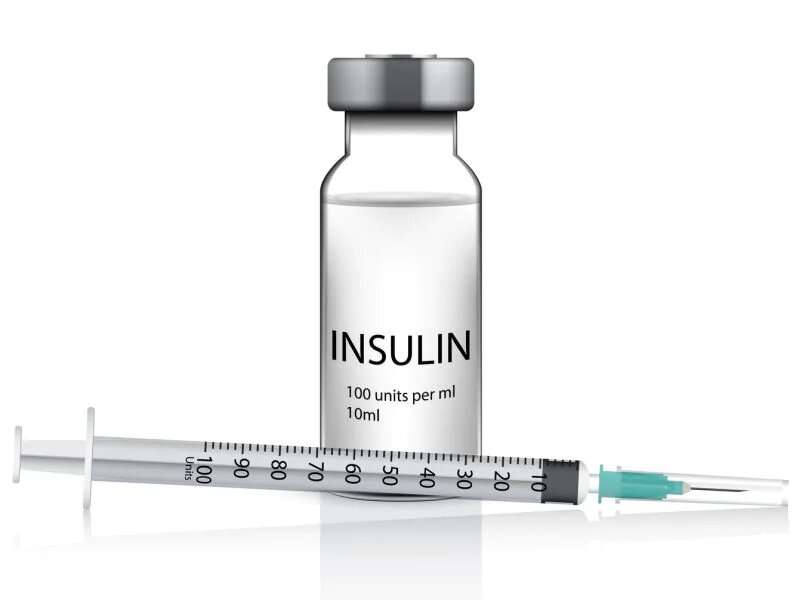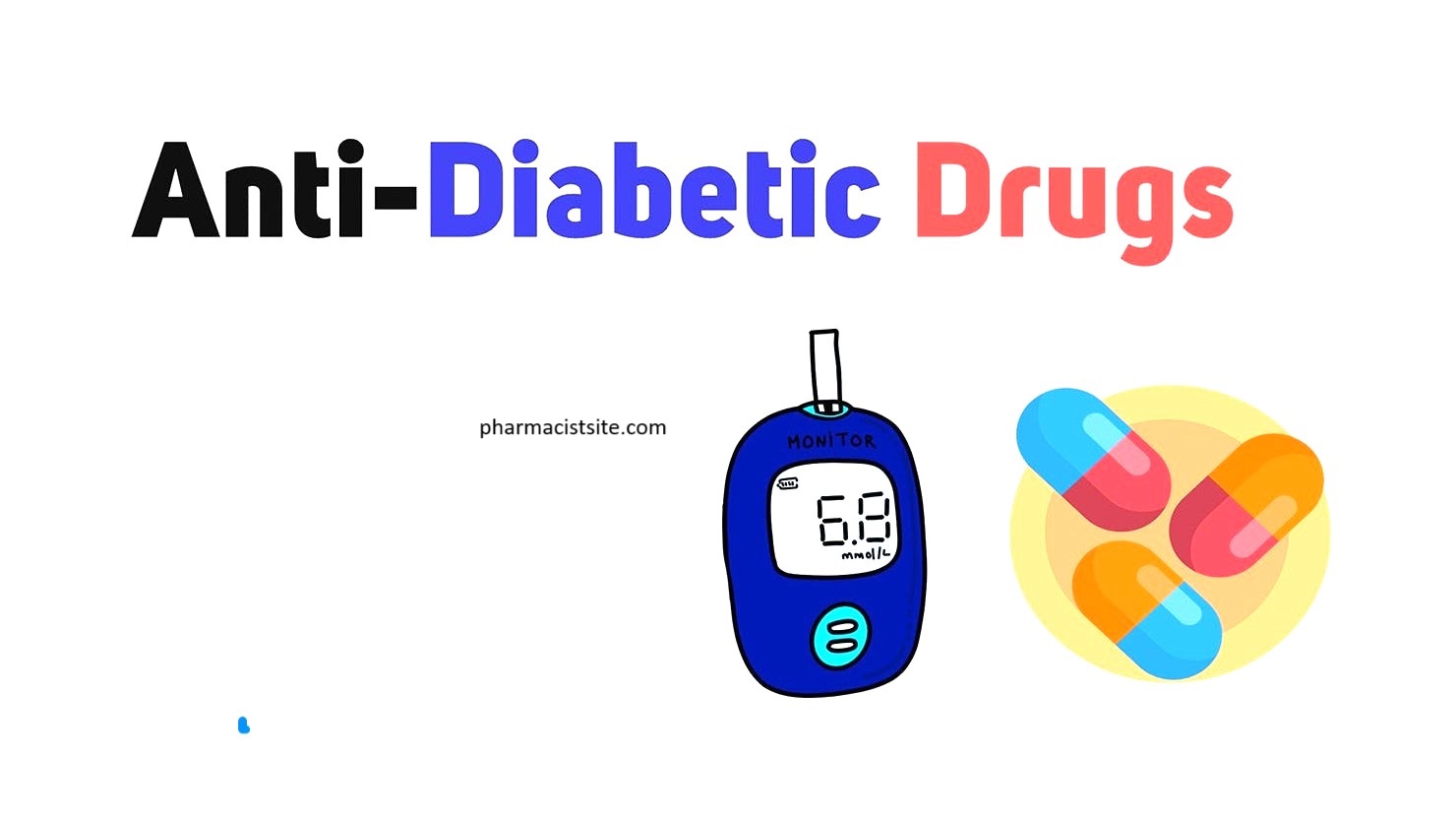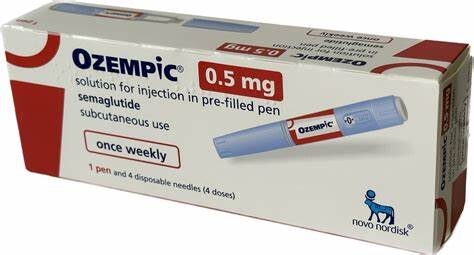Glibenclamide, also known as glyburide, is an oral hypoglycemic agent commonly used in the management of Type 2 diabetes mellitus. It belongs to the class of drugs called sulfonylureas and works by stimulating insulin release from the pancreas. Mechanism of Action Insulin Release Stimulation Glibenclamide binds to specific receptors on pancreatic beta cells, inhibiting ATP-sensitive…
Category: Antidiabetic Drugs
Diabetes mellitus is a chronic disease characterized by elevated blood glucose levels, resulting from either a lack of insulin production (Type 1 diabetes) or resistance to insulin (Type 2 diabetes). Proper management of diabetes involves lifestyle modifications and the use of pharmacological agents to control blood sugar levels. There are several classes of antidiabetic drugs, each with distinct mechanisms of action, benefits, and potential side effects.
This category provides a detailed overview of the most common antidiabetic drugs, categorized by drug class, and outlines their specifications. It includes information such as their mechanism of action, half-life, excretion route, HbA1C reduction, risk of hypoglycemia, body weight effects, cardiovascular benefit/risk, and any additional adverse effects. Additionally, we will explore the different types of anti-diabetic agents, examples of drugs in each category, and brief explanations.
Main Types of Anti-Diabetic Agents
The main classes of anti-diabetic drugs include:
- Insulin and Insulin Analogues
- Biguanides (e.g., Metformin)
- Sulfonylureas (e.g., Glibenclamide)
- DPP-4 Inhibitors (e.g., Sitagliptin)
- GLP-1 Receptor Agonists (e.g., Liraglutide)
- SGLT-2 Inhibitors (e.g., Empagliflozin)
- Thiazolidinediones (e.g., Pioglitazone)
- Alpha-glucosidase Inhibitors (e.g., Acarbose)
- Meglitinides (e.g., Repaglinide)
Insulin is one of the most crucial hormones in the body, especially for individuals with diabetes. It regulates blood sugar levels and is essential for maintaining overall health. This article provides a thorough understanding of insulin, including its definition, importance, manufacturing process, various types, uses, side effects, and safety precautions. A detailed table will also…
Diabetes mellitus is a chronic disease characterized by elevated blood glucose levels, resulting from either a lack of insulin production (Type 1 diabetes) or resistance to insulin (Type 2 diabetes). Proper management of diabetes involves lifestyle modifications and the use of pharmacological agents to control blood sugar levels. There are several classes of anti-diabetic drugs,…
Metformin is one of the most widely prescribed medications and a member of biguanide class of drugs for the management of type 2 diabetes mellitus. As an oral hypoglycemic agent, it is recognized for its efficacy, safety profile, and versatility in treating not only diabetes but also a variety of other medical conditions. This article…
Everything You Need to Know About Ozempic: Uses, Side Effects, and More In recent years, Ozempic has gained significant attention as a treatment for type 2 diabetes and weight management. Its popularity has soared not only because of its effectiveness in controlling blood sugar levels but also due to its ability to assist with weight…




